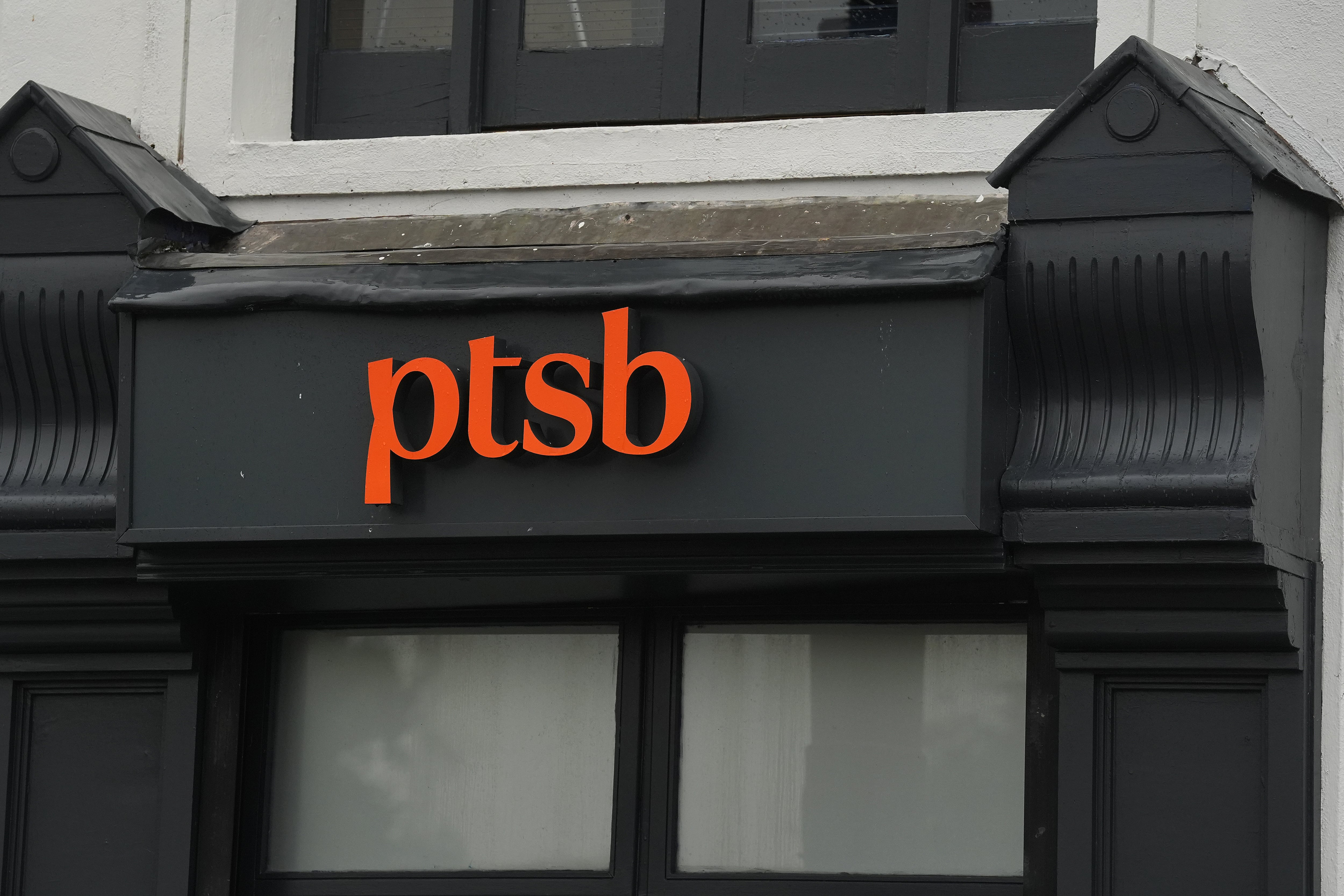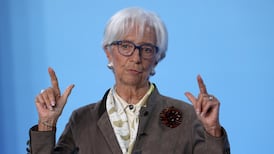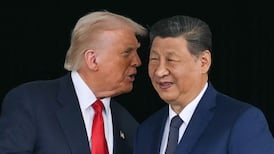It would be a disaster for Trump-hating liberals if the US economy manages to forge through the next 12 months without a tariff-induced shock of some sort.
With liberal politicians all but beaten into submission by Trump’s braggadocio, the last hope for his detractors is that his “America First” economic experiment runs aground.
And in a way that can’t be explained away or blamed on his predecessor Joe Biden.
[ Markets shrug as Trump tests the Fed’s guardrailsOpens in new window ]
Economists have, for months, been warning that the president is effectively sabotaging the US economy by placing tariffs on key inputs while stoking an investment freeze with his stop-start policy announcements.
READ MORE
Speculation that he might try to fire Federal Reserve chair Jerome Powell, the individual responsible for maintaining financial calm, is also creating unease in financial markets.
In August he fired the head of the Bureau of Labor Statistics, Erika McEntarfer, for producing a set of employment numbers he didn’t like.
This can’t end well, can it?
Trump’s opponents point to the surging price of gold (typically a hedge against incoming stock market volatility); Warren Buffett’s mass divestment of stocks (he has cut his stake in Apple by an estimated $4 billion); and most significantly of all a slowdown in hiring by US firms, as evidence of an incoming shock.
But a decisive economic pivot – one way or the other – has yet to emerge.
Two leading indicators published over the last week have – contrary to expectations – pointed to the resilience of the US economy.
Initial jobless claims, a weekly barometer that measures the number of individuals filing for unemployment benefits for the first time (a gauge on the health of the labour market), came in at 218,000 for the week ending September 20th, significantly less than the Dow Jones consensus estimate for 235,000.
Separately US gross domestic product (GDP) is now estimated to have grown at an annualised rate of 3.8 per cent in the second quarter, faster than originally thought.
The upward revision stemmed from higher consumer spending.
The Atlanta Fed’s GDPNow tracker predicts the US economy will expand at an annual rate of near 4 per cent in the third quarter.
This is coming despite slower hiring by firms, rising prices, historically high interest rates and lacklustre consumer sentiment.
“This is all very strong, and it’s coming at a time when we’ve just had the fastest Fed rate cuts (outside of a recession) since the 1980s,” Deutsche Bank said in a research note.
“This is an environment ripe for the economy to reaccelerate,” it added.
Of course these metrics and Deutsche Bank’s upbeat assessment could be just a blip, the quiet before the storm. There is, after all, a lag before the impact of higher prices from tariffs and stalled investment play out.
What happens next to the US economy is perhaps the biggest economics head-scratcher right now and no one, not even the soothsaying bond markets, has the answer.
US consumer confidence has tumbled in recent months which is out of kilter with the relative strength of consumer spending.
Greater spending by well-off households is said to be lifting the aggregate. Cumulative metrics (as opposed to per-capita ones) can hide the real feel of an economy. Ireland’s GDP numbers are a prime example.
Jerome Powell has touched on this.
“Consumer spending numbers were well above expectations, and that may well be skewed toward higher earning consumers. There’s a lot of anecdotal evidence to suggest that,” he said recently. “Nonetheless, it’s spending. So I think the economy is moving along.”
The labour market is perhaps the best indicator of the direction of travel. Labour demand in the US has softened in recent months, the consequence of a prolonged period of higher interest rates and/or Trump’s policies. The arguments have become politicised.
Ironically Trump’s crackdown on immigration has simultaneously reduced labour supply, creating what Powell has described as a “curious balance”.
The US Department of Labor says it will delay releases of economic data if the federal government shuts down, which could postpone Friday’s highly anticipated monthly jobs report.
An economic news blackout might suit Trump particularly if the jobs market has turned sour.
Trump’s privot to using tariffs as a political weapon got perhaps its biggest check when bond markets wobbled dangerously on the back of his Liberation Day tariff announcement back in April.
The president quickly back-pedalled, prompting the Taco (Trump Always Chickens Out) taunts.
At the moment the yield on long-term US bonds (effectively the US government’s borrowing costs) are higher than those attached on more short-dated ones, which is normal.
It’s when this relationship flips and the yield on short-dated bonds exceeds those on long-term ones – the so-called “yield-curve inversion” – that spells trouble. An inverted yield curve is viewed as a reliable signal of a potential recession.
The signals surrounding the US economy remain mixed.
While a weakening dollar and a slowing jobs market point to underlying weaknesses, the relative strength of GDP and consumer spending have put the liberal dream of a Trump-driven downturn on ice for the moment.















